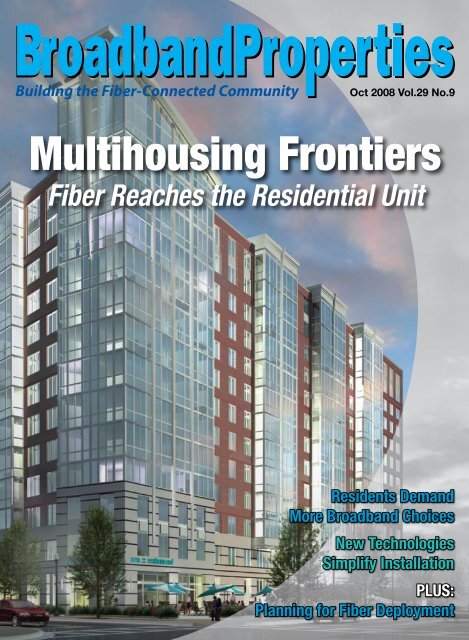Steering the Intricate Landscape of Regulatory Standards for Network Security in Multi-Unit Units to Guarantee Resident Security and Information Protection
Wiki Article
In today's world, many individuals reside in multi-dwelling buildings, including flat complexes and condominiums. These locations frequently share shared networks for online and additional services. Although this arrangement can be beneficial, it also brings up significant concerns about system security and compliance requirements. Ensuring the security of tenants and safeguarding their information is crucial. This article will examine the complex landscape of regulatory guidelines for network safety in multi-unit buildings, emphasizing how these standards assist maintain tenants secure and secure.
One of the primary compliance guidelines that apply to network safety is the EU Data Protection Act (GDPR). This law is intended to protect individual information and confidentiality for individuals inside the EU Community. Although it primarily pertains to businesses operating in the EU, its principles can affect practices in other areas as also. For multi-unit units, adhering to GDPR requires establishing strong data safeguarding protocols. This includes making sure that tenants' personal information is gathered, kept, and handled securely. By adhering to these guidelines, property administrators can assist establish confidence with residents and ensure their data is protected from illicit intrusion.

Another significant guideline is the Healthcare Coverage Flexibility and Accountability Law (HIPAA), which safeguards sensitive patient data in the medical industry. In multi-dwelling buildings, particularly those that provide healthcare services or have residents with particular medical needs, compliance with HIPAA is essential. This requires that any medical data collected from tenants must be maintained private and secure. Property managers must ensure that their system infrastructures are designed to prevent information leaks and unauthorized access. By doing so, they not only adhere with legal obligations but also mdu security technology evaluation promote a safe residential space for all residents.
In addition to GDPR and HIPAA, the Payment Payment Sector Data Security Standard (PCI DSS) is another vital compliance guideline. This standard is particularly important for multi-unit buildings that accept credit card payments for lease or services. PCI DSS outlines security measures that must be implemented to protect cardholder data. This includes securing confidential information and regularly monitoring system security. By adhering to PCI DSS guidelines, property administrators can minimize the risk of data leaks and safeguard residents' financial data, which is crucial for upholding their confidence and security.
Ultimately, it is essential for multi-unit units to stay informed on regional and national regulations regarding network safety. Regulations and guidelines can change, and staying informed is crucial for adherence. Property managers should regularly assess their safety protocols and procedures to ensure they meet up-to-date standards. This proactive strategy not only assists in upholding adherence but also enhances the overall safety of the network. By prioritizing resident security and information protection, multi-unit buildings can establish a secure living space that encourages trust and peace of mind among residents.
In conclusion, navigating the complex environment of regulatory guidelines for network security in multi-dwelling buildings is essential for guaranteeing resident security and information safeguarding. By understanding and implementing standards like GDPR, HIPAA, and PCI DSS, property managers can establish a safe space for their tenants. Remaining updated about regional regulations and regularly reviewing safety practices further improves this dedication to security. In the end, a robust emphasis on adherence not only safeguards tenants but also fosters a sense of belonging and trust within multi-unit buildings.